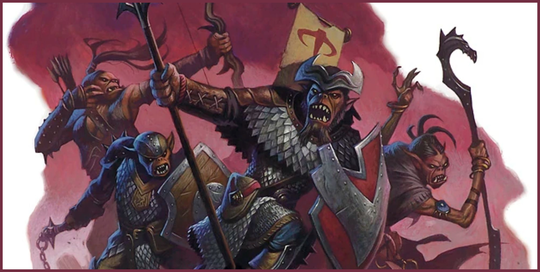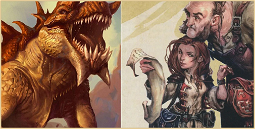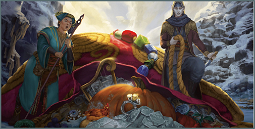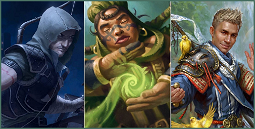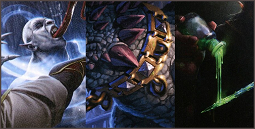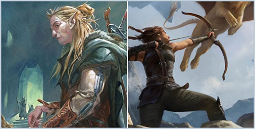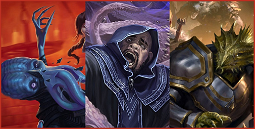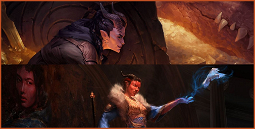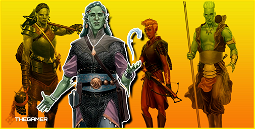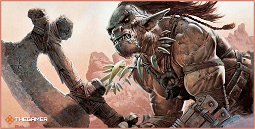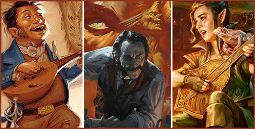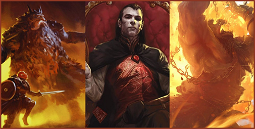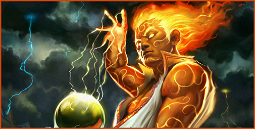Dungeons & Dragons: Tips for Running Large-Scale Combat
If you’re looking for tips on how to run epic Dungeons & Dragons battles, you’ve come to the right place. Large-scale conflicts are a staple of fantasy narratives, and a well-planned battle can go a long way towards making your campaign memorable.
You’re not going to get to a climactic battle in which the player characters face off against an army on their own – the army needs to be there, and you need to make it matter. While a battle can be difficult to plan and execute, a little bit of creativity, and a few rules tweaks, can help you create an epic clash that’ll be talked about for years to come. We’ve got plenty of tips on how to do that.
How to Plan a Dungeons & Dragons Battle
Before you start any combat, spend some time thinking about the battlefield, the armies involved, and what your players’ characters can do to affect the outcome. The key thing is to plan ahead for the battle’s outcome without PC intervention. Establish stakes, and objectives, and then work out how the players’ characters can be involved in the action.
Now, if you’re running a battle, you can think of it as a room in a dungeon: you want to build it up with a series of story beats that build up to a dramatic climax. It’s going to be a lot more exciting for everyone if you’ve got your army commanders shouting at each other, the enemy preparing to charge, and the player characters leading a desperate last defence.
How to Command Units in Dungeons & Dragons
If the PCs command units or armies, then their role in the battle changes dramatically. This is actually a really good thing, because it means that you as the Dungeon Master are freed up to focus on the bigger picture, while the players are responsible for overseeing the battle.
This is where skill checks can be used to prepare and command troops. Perhaps the players need to make a Wisdom (Animal Handling) check to command their trained war elephants to charge through a gap in the enemy line, or a Charisma (Intimidation) check to convince their allied troops to make a risky attack.
Alternatively, if the PCs are fighting against a commander, then the armies can fight around them. The players can face off against that enemy commander while their soldiers fight around them, or their troops can be commanded by NPCs. This is a great way to simulate losses, and you can do it through relatively simple math, or even just using hit points.
Large-Scale Battle Rules
Simulating losses in a large-scale combat can be pretty abstract. To keep it simple, use the following rules:
You might also want to make your enemy army unbeatable – that way, you can ensure that your players know that they’re fighting a losing battle. This adds to the eventual victory’s satisfaction. If your players are good at avoiding losses and picking their battles, you can make the enemy army unbeatable by giving them access to powerful magic and resources.
If you’re looking for some ideas on how to use the player characters to command troops in battle, check out our guides to using combat actions, battlefield roles, and tactical roles.
